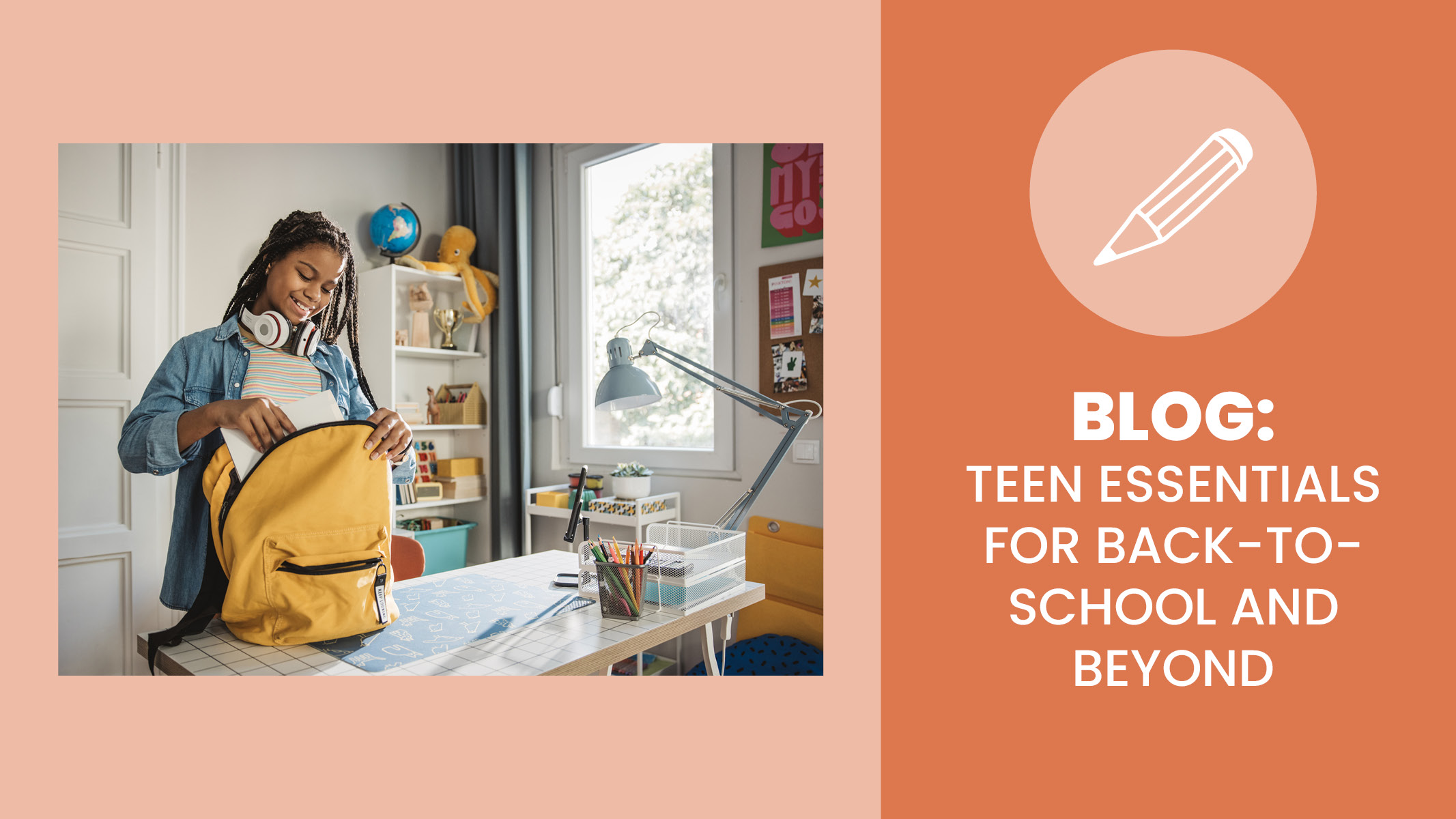Transitioning children from active play to rest time can often feel like trying to slow down a moving train. One moment they are running, jumping, and exploring, and the next, you are trying to guide them into a calm, quiet state. Whether you are a caregiver or early childhood educator, learning how to navigate this transition smoothly is essential for supporting children's emotional regulation and daily rhythms.
Why Transitioning from Active Play to Rest Is So Important
Helping a child shift gears between energetic play and quiet time not only supports better sleep and rest but also builds long-term self-regulation skills. These transitions allow children to learn that there is a time for high energy and a time for calm.
Children thrive on consistency and predictability. According to Katrina Lien, Program Development Specialist at Sanford fit, “Knowing what to expect next reduces anxiety and uncertainty, which can be high after an exciting, high-energy activity. A routine provides a sense of security and control which can help them feel safe and confident.”
Create a Predictable Routine
Having a consistent routine is one of the most effective strategies for creating smooth transitions. Katrina emphasizes, “Start small and simple when trying to implement a new schedule or routine. Begin with one or two key transitions during the day such as pre-nap or pre-bedtime.” Offering a clear sequence of activities that utilizes a visual schedule and has a consistent order will help your child transition smoothly. She adds, “Be prepared to be flexible as life happens but always return to the exact order of the established routine as this will help your child transition smoothly.” It is important to also make sure your child feels like they play a part in deciding their routine. Katrina recommends, “Allow your child a sense of control by offering small choices within the established routine such as ‘Would you like to read the train book or the zoo animal book?’”
Effective Strategies to Gently Guide Your Child to Rest
Katrina outlines a multi-sensory, intentional approach. The goal is to gradually reduce stimulation and provide predictable cues that signal a shift in activity level. “Guiding children from high-energy play to a calm, restful state involves a combination of consistent routines, sensory-based activities, and gentle communication,” says Katrina. She advises incorporating the following strategies:
- Countdown warnings to prepare for the shift
- Heavy work activities like pushing a laundry basket
- Tactile input like playdough
- Warm baths before bed
- Mindful movements or stretches to release excess energy
- Calm breathing techniques such as “smell the flower and blow out the candle”
- Dim lighting and soothing sounds to create a calm environment
- Designate a cozy spot just for winding down
- Gentle communication and one-on-one time together before a transition
- Role model calmness since kids mirror the energy of their caregivers
- Provide specific positive praise when they make a smooth transition
Watch for Cues That Your Child Is Ready to Rest
Recognizing early signs of tiredness can prevent meltdowns and overtiredness. According to Katrina, “Some common signs kids are ready for rest are yawning, eye rubbing, zoning out, clumsiness, slower movements, pulling at their hair or ears, whining, demanding attention, fussiness with food, hyperactivity, or increased silliness.” However, it is important to note that what might be a tired cue for one child might be less common for another, so it is important to learn each child’s cues over time. “The goal is to catch the cue early before they become overly tired. It is also important to understand age-appropriate wake windows to help guide and establish a schedule,” she adds.
Handling Resistance and Common Challenges
Transitions can be tough. “Transitioning from high-energy activities to a calm, restful state can be a significant challenge for many kids. This shift requires them to regulate their emotions, impulses, and physical energy.” Katrina says. Since self-regulation is a developmental skill still in progress, it may pose some challenges. Caregivers might be met with resistance, defiance, or difficulty settling down. To help reduce these challenges, try changing the wording around how you prepare kids for the big transition. Katrina suggests the following:
- Utilizing “first/then” statements such as “First, we clean up the blocks, then we read a story”. This helps kids to understand the sequence and motivate them for the next desired activity.
- Offering limited choices gives them a sense of control during the transition. Instead of saying “It’s time to stop playing,” try: “Do you want to put the play food away first or the baby dolls?”
- Instead of focusing on the resistance, “You need to stop wiggling and lay down,” gently redirect their energy, “Are you still feeling wiggly? Let’s do some big stretches like a cat before we cuddle up and lay down.”
Helping a child shift from play to rest does not have to be a daily struggle. With consistent routines, sensory-informed strategies, and empathy, caregivers can guide children gently toward calm and quiet. By observing cues, setting the tone, and offering predictable routines, you will be giving children the tools to manage their energy – and their emotions – with confidence.
Ready for more? You might also like:
Tips on Parenting a High-Energy Child
Mindful Moments: 20 Printable Mindfulness Activities for Kids
How to Create a Cozy Spot for Kids Anywhere


